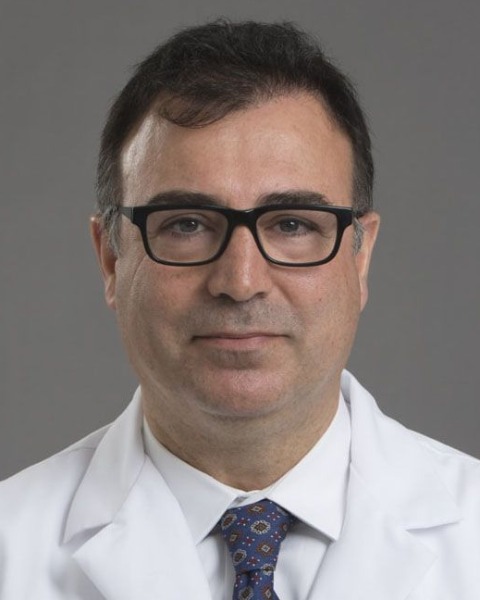SIR 2025
Venous Interventions
Scientific Session
Effects of Balloon-Occluded Retrograde Transvenous Obliteration on Portal Vein Caliber and Liver Function: Long-Term Follow-Up and Update

Akhilesh Pillai (he/him/his)
Medical Student
McGovern Medical School UTHealth Houston, United States
Aesha Patel, MD
Resident Phyisican
Rush University Medical Center, United States
Bulent Arslan, MD, FSIR
Professor and Interim Chair
Rush University Medical Center, United States
Jordan Tasse, MD
Associate professor of interventional radiology/Director of interventional oncology
Rush University Medical Center, United States- SM
Sreekumar Madassery, MD, FSIR
Physician
Rush University Medical Center, United States
Presenting Author(s)
Author/Co-author(s)
Materials and Methods:
A retrospective review was previously conducted on patients who underwent BRTO at Rush University Medical Center and Rush University Oak Park Hospital between 2015 and 2021. This updated review followed the previous patient's long-term and included new patients who underwent the procedure between 2021 and 2024. Patients who had prior or concurrent transjugular intrahepatic portosystemic shunt placement (TIPS) were excluded. There were a total of 57 patients (mean age = 57.93 ± 9.40 years; 49.12% males, 50.88% females). Data such as albumin, bilirubin, INR, and pertinent imaging were recorded. Time frames included pre-intervention, 1-week post-procedure, and 3-4 months post-procedure. Child-Pugh and MELD-Na scores were calculated for each patient. Portal vein size was also measured. The data was analyzed using a paired two-tailed two-sample t-test.
Results:
Clinically, the most common cause of cirrhosis was NASH cirrhosis (38.60%) and EtOH cirrhosis (35.09%) with other causes being autoimmune cirrhosis (12.28%) and hepatitis-induced cirrhosis (3.51%). The most common indications for BRTO were encephalopathy (49.12%), gastric variceal bleeding (29.82%), and the presence of a large shunt/bleeding prevention (19.29%). One week post-procedure, portal vein size (PVS) was significantly increased (pre-procedure = 11.5 mm ± 3.1 mm, post-procedure = 14.4 mm ± 3.4 mm; p< 0.001). There was also a significant decrease in encephalopathy grade (pre-procedure = 0.9 ± 1, post-procedure = 0.6 ± 0.9; p< 0.03). There were no significant differences in lab values. Three to four months post-procedure, there was a significant decrease in the Child’s Pugh Score (pre-procedure = 8 ± 1.9, post-procedure = 7.3 ± 2; p< 0.05). The albumin levels increased significantly (pre-procedure = 2.8 ± 0.6, post-procedure = 3.4 ± 1; p< 0.006). The encephalopathy grade and PVS changed significantly at the 3-4 month mark. The encephalopathy grade decreased from 0.8 ± 1 to 0.3 ± 0.6 (p< 0.001). The PVS increased from 11.8 mm ± 3.4 mm to 15.1 mm ± 2.4 mm (p< 0.002).
Conclusion: Long-term follow-up shows that BRTO has a significant effect on PVS and liver function. These clinical outcomes are represented by a decrease in Child-Pugh score, encephalopathy grade, and an increase in albumin 3-4 months post-intervention. BRTO is effective in improving hepatic function in patients with indications for the procedure.


.jpg)